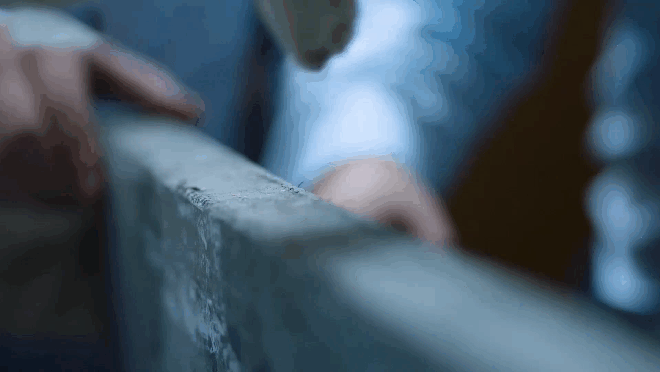Ecological Building Subsystem
“Production-Living-Ecological” Circular System project utilizes its own patented core technology to carry out intelligent facility agricultural production on the balconies and exterior walls of buildings.
Wall materials are the main component of buildings. Currently, most of the wall materials in China have a thickness of 20-30 centimeters, while the wall materials used in the “Production-Living-Ecological” circular system project are made of special composite materials with a thickness of only 4-6 centimeters. After testing by authoritative institutions, various indicators such as strength, insulation, and thermal insulation are greater than or equal to national standards. Compared with traditional wall materials, this wall material has the characteristics of ultra-thin and ultra-light, with excellent sound insulation, insulation, fire prevention, and environmental protection effects. It can reduce construction waste by more than 50%, reduce wall material costs by more than 20%, and increase building area by 15%.
The core of the “Production-Living-Ecological” circular system lies in low-carbon construction. The changes and innovations in building materials have significantly reduced carbon emissions during the construction and demolition process, thereby making more and greater contributions to achieving the "dual carbon" goal.
